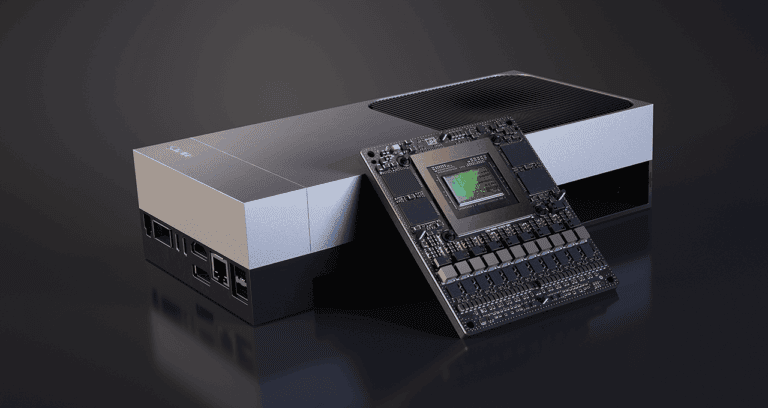While the world was captivated by large language models, Nvidia has already been thinking about the next step in AI. Physical robots, from anthropomorphic workers to boxy pick-and-place machines, will benefit from ‘general robotics’. This is the state of affairs following a new announcement from Nvidia.
Nvidia’s new robotic computers are known as Jetson Thor and follow on from Jetson Orin. There is also a developer kit available for $3,499. Please note: no matter how often Nvidia uses the word ‘robotics’, it does not develop robots itself, but ‘only’ the brain.
Edge runtime is a challenge
The AI wave, especially agentic AI, really captures the imagination when it comes to robotics. What if an AI agent not only takes over a CRM task or automatically schedules emails, but also gets its hands dirty in a factory? The limitations are much greater when it comes to physical AI, because the latency of cloud-based AI is simply too high.
The answer is edge deployment, where robots run local AI. This makes impressive AI behavior much more difficult to achieve due to limitations in space, wattage, cooling, and the capabilities of the available models.
Nevertheless, Jetson Thor promises to deliver powerful reasoning models with latency of less than 50 milliseconds. The sensors receive all kinds of signals from the outside world and, if properly linked to the Nvidia hardware, the robot knows how to deal with the situation it finds itself in.
Labs get to work
It is up to Nvidia’s customers and partners to make the AI hardware physically effective. These include many universities, but also startups. The acceleration of Jetson Thor will not be immediately noticeable for physical applications, as robots still operate with older systems.
It is clear that Nvidia believes that physical AI will be at least as big a step forward as the LLM revolution has been in recent years. Today, the new Jetson equipment does not represent a giant leap forward that manufacturers will notice, but the new possibilities offered by Nvidia’s smarter, faster, and more powerful chips will require the effort and creativity of others.
Read also: Nvidia unveils Spectrum-XGS Ethernet for ‘scale-across’ data centers
